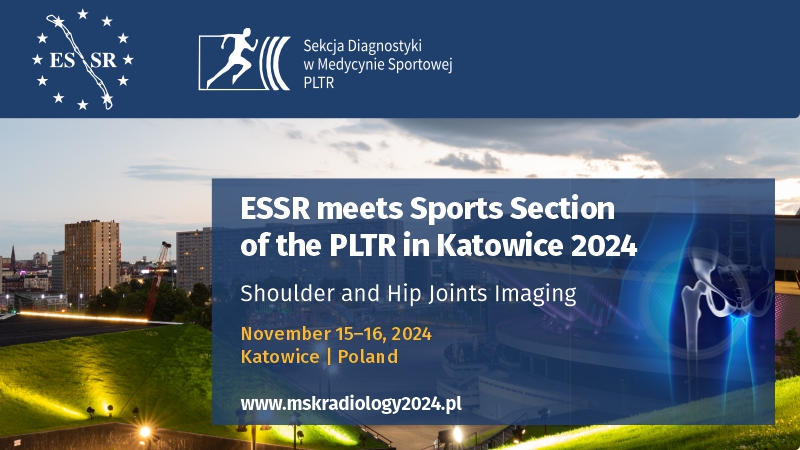Comparison of voiding cystourethrography and urosonography with second-generation contrast agents in simultaneous prospective study
Maciej Piskunowicz1*, Dominik Świętoń1*, Dorota Rybczyńska1, Piotr Czarniak2, Arkadiusz Szarmach1, Mariusz Kaszubowski3, Edyta Szurowska1
 Affiliation and address for correspondence
Affiliation and address for correspondenceBackground: The invasiveness and exposure to radiation in voiding cystourethrography led to the introduction of alternative methods of diagnosis of vesicoureteral reflux, including contrast enhanced voiding urosonography. While there is a limited number of studies comparing these methods using new generation ultrasound contrast agents, none of them compared both methods simultaneously. This study is aimed at assessing agreement between contrast enhanced voiding urosonography with second-generation ultrasound contrast agents and voiding cystourethrography. Methods: From April 2013 to May 2014, 83 children (37 female and 46 male), mean age 3.5 years, age range from 1 month to 17.5 years, underwent prospective simultaneous assessment by contrast enhanced voiding urosonography and voiding cystourethrography, with a total of 166 uretero-renal units evaluated. Results: The sensitivity of voiding cystourethrography and contrast enhanced voiding urosonography were comparable, amounting to 88%, however, neither reached 100% for the entire studied population. The negative predictive value of voiding urosonography and voiding cystourethrography was 97%, and there was no difference between both methods. Conclusion: Voiding cystourethrography and contrast enhanced voiding urosonography are comparable methods in diagnosis of vesicoureteral reflux, and can be performed alternatively. However, some limitations of contrast enhanced voiding urosonography must be remembered.








